Recent news on Donovan McNabb reminded TheRaven that there are few things more distasteful than rooting for the Redskins. Acknowledging the existence of the won-only-two-championships-in-the-modern-era Steelers tops the list. The possibly criminal petulance of Ben Roethlisberger is welcome news for haters of a team that donates its Terrible Towel profits to charity. Roethlisberger as Pittsburgh's incarnation of Kobe Bryant certainly shows that the steel halo isn't stainless.
Even if he committed no criminal offenses, walking out on bar tabs and poor tipping by any multi-millionaire is heinous. It's revealing that we haven't seen any press on Big-Ego revisiting all those bars and restaurants and making good - to the last dime - on every bill and tip. You'd think The Ego's agent and PR flack would - by this point - have thought to make amends out of their own pockets, if necessary, just to preserve their cash cow. Expectations for player deportment have degraded to the point where Thomas Jones' old-school values and rock-hard work ethic are considered exceptional. Chad Ochocinco has a flare for marketing, but really, can't he just shut up and play?
But I digress. Teams acquire character from owners as well as from players. One can hate the Patriots but few doubt that Robert Kraft is a class act. Hell, he let Vladimir Putin walk off with a Superbowl ring in the interests of harmonious international relations. The Rooney football dynasty runs a tight ship. Dan Rooney is credited with authorship of the NFL's policy regarding recruitment diversity for head coach and general manager positions. It's called the "Rooney Rule". The Steelers walked it and talked it straight to a championship by hiring Mike Tomlin. For the record, to keep this little diatribe full-disclosure, Tomlin is damn good and, yes, I hate to admit it, but I love his style.
One could argue that the Eagles lack the sort of character imbued by deeply involved, knowledgeable ownership. The Marra's stamp is unmistakable and the 49ers of old carried a similar imprint. I know very little about Jeff Lurie. His 1994 purchase of the Eagles has seen a 500% return, based on current estimated value. After 16 years it seems odd that he remains a non-entity, at least in the sense that he lacks the national standing and recognition of other team owners. One could also argue that there's something wrong with Philadelphia itself. Perhaps not as obvious as with Cleveland, or as insidious as in Cincinnati, but such argument would get little push-back from folks in New Jersey, New York or Baltimore.
Different as NFL owners might be, you can put them in two groups: (1) Daniel Snyder; (2) everyone else. Snyder is a lucky little punk, possessed with the arrogant fallacy that a measure of success (er, luck) in one endeavor magically, and automatically, carries over into any other. Snyder's hapless Redskins are the product of 100 pounds of ego stuffed into a 10 pound bag. He has Jerry Jones' arrogance without the associated knowledge and skill. Snyder has unwittingly created a team that's exactly what Washington deserves. The President must cringe when contemplating the unofficial duties of the the First Fan. At least the odds of a Redskins/Bears playoff contest are remote.
The sad truth is that McNabb is simply a victim of advancing age, or perceptions thereof. He reminds me of Jim Kelly, albeit with faster feet and a quicker arm, in that he lacks the last ounce of imagination needed to improvise when a season stands or falls on a handful of plays. Without the inspiration that lifted Joe Montana's otherwise ordinary skills to championship caliber, even slight physical decline can be a major detriment. Perhaps Andy Reid sees something in Kolb that is so subtle, it's undetectable in the stands, or by TV cameras. McNabb played well, with reasonable consistency, for a long time, against division rivals in larger markets and/or with superior ownership.
Meanwhile, up the MARC line, an unknown owner, a lesser known coach and a team of largely unheralded talent is once again motivated by the perennial slight accorded to all things Baltimore. No one anywhere else pays any attention.
'tis the season.
Thanks!
8 years ago














































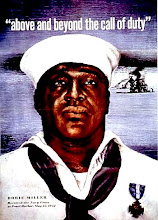

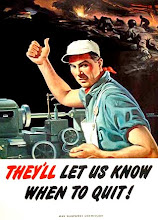

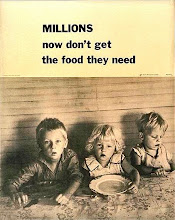


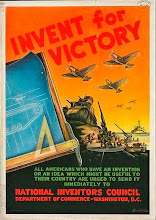

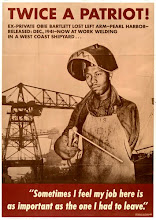
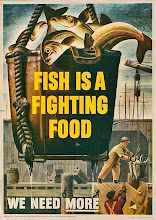
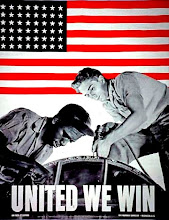

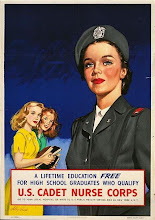
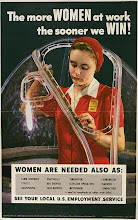
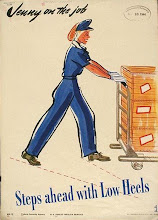
+breed+danger+6x8.jpg)


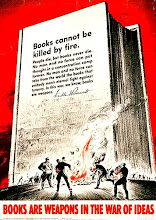

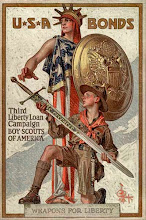

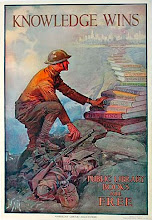

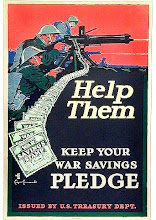
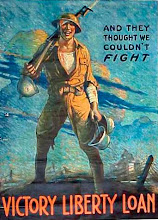

+5x7.jpg)

